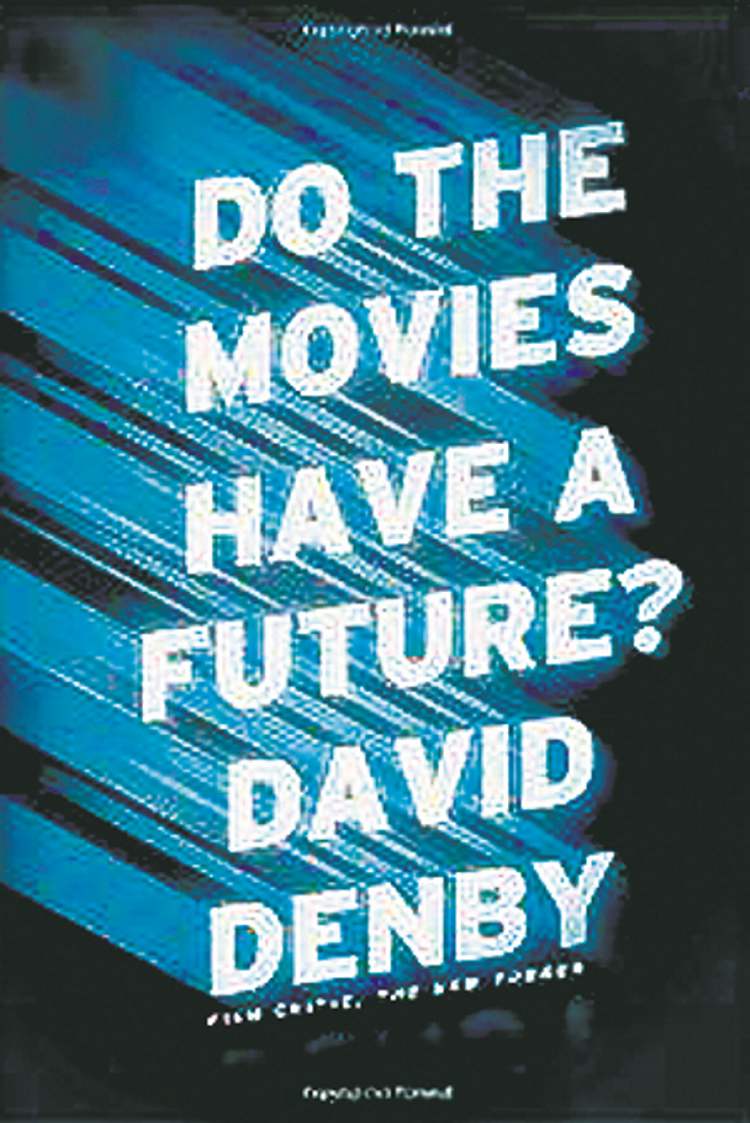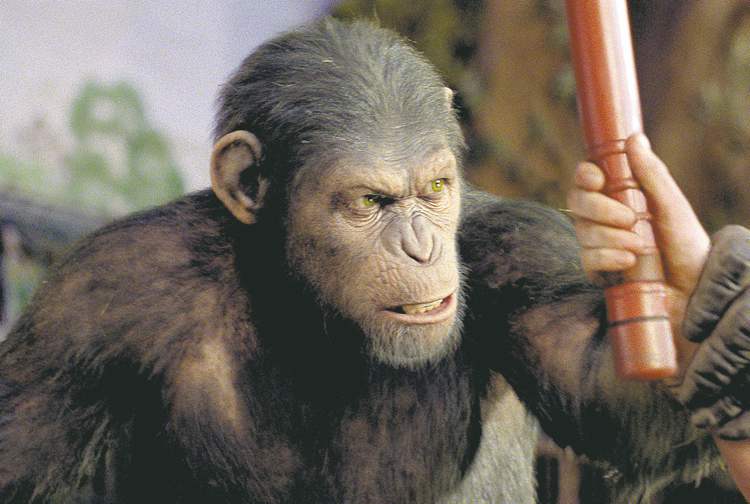Impending doom of the cinema — Part IV
Advertisement
Read this article for free:
or
Already have an account? Log in here »
To continue reading, please subscribe:
Monthly Digital Subscription
$0 for the first 4 weeks*
- Enjoy unlimited reading on winnipegfreepress.com
- Read the E-Edition, our digital replica newspaper
- Access News Break, our award-winning app
- Play interactive puzzles
*No charge for 4 weeks then price increases to the regular rate of $19.95 plus GST every four weeks. Offer available to new and qualified returning subscribers only. Cancel any time.
Monthly Digital Subscription
$4.99/week*
- Enjoy unlimited reading on winnipegfreepress.com
- Read the E-Edition, our digital replica newspaper
- Access News Break, our award-winning app
- Play interactive puzzles
*Billed as $19.95 plus GST every four weeks. Cancel any time.
To continue reading, please subscribe:
Add Free Press access to your Brandon Sun subscription for only an additional
$1 for the first 4 weeks*
*Your next subscription payment will increase by $1.00 and you will be charged $16.99 plus GST for four weeks. After four weeks, your payment will increase to $23.99 plus GST every four weeks.
Read unlimited articles for free today:
or
Already have an account? Log in here »
Hey there, time traveller!
This article was published 17/11/2012 (4799 days ago), so information in it may no longer be current.
Every so often, we hear about the impending doom of the cinema.
It happened in the 1980s when the home video market exploded, echoing similar talk from when TVs first entered living rooms — and, of course, it’s happening again today, in our age of relatively low-priced 50-inch TVs and surround sound systems, Netflix and the ability to watch movies on the go via smart phones.
But it’s not just the different platforms — it’s also the quality of films being produced by profit-hungry studios that threaten the movies’ place as a cultural touchstone in our society, says New Yorker magazine film critic David Denby in his new book, a collection of essays and reviews and a great read for movie buffs.

Hit movies today are rarely successful based on their artistic merit, but because of calculated marketing strategies put in motion sometimes before the film is even shot.
The goal is for a film to make as much money as possible on its opening weekend, because the next week it will be replaced by the next big release.
“Going to a big commercial American movie now is like reaching into the fridge for watery beer,” Denby writes, “If you’re thirsty, you have to drink something.”
With studios putting such an emphasis on 3-D superhero event films that pull in hundreds of millions of dollars, he says, very little money is left for films for adult audiences.
Denby notes it took five years for director Paul Thomas Anderson — whom he calls “one of the most talented men in Hollywood” — to raise funds to make The Master, one of this year’s most acclaimed films. Similarly, it took six years for Bennett Miller to follow his Winnipeg-shot Oscar winner Capote with 2011’s Moneyball.
Still, Denby believes colourful special effects epics have their place, and can often be great films. He praises Pixar’s Up and James Cameron’s Avatar, which he calls “off the scale in visual allure.” However, digital filmmaking, he says, often reduces on-screen action to “incoherent movements.”
Denby feels there is some hope, though, pointing to last year’s Rise of the Planet of the Apes, which used computer generated imagery and motion capture technology — allowing actor Andy Serkis to play the film’s leading simian the same way he played Gollum in the Lord of the Rings films — to tell a story he calls “absurdly touching.”

“If invention, wild and free, yet tied to emotion and philosophical speculation, is given a chance, digital filmmaking could have a more brilliant future than we can now imagine,” he writes.
Denby, 69, has previously authored three books, most recently Snark (2009), a polemic about the cynicism pervading contemporary culture.
He also published an account of his returning to college in his late 40s, Great Books, and a memoir of losing his shirt in the 2001 stock market crash, American Sucker.
Do the Movies Have a Future? is his first collection of movie writing. In it, he examines several aspects of today’s film world, such as top directors and emerging genres, including high school movies and chick flicks (not to be confused with romantic comedies, he says).
In the directors section he slams Quentin Tarantino, praises the Coen Brothers’ cult hit The Big Lebowski over their Academy Award-winning No Country for Old Men, and traces Clint Eastwood’s growth from spaghetti western action star to creator of anti-violence films like Gran Torino and Unforgiven.
He also looks into the relationship today’s audiences have with movie stars, who he feels have lost their magical aura in the world of social media and entertainment fluff shows.
“Angelina Jolie is hardly the stuff of tragedy,” he notes. “It’s more like a joke gone sour from endless repetition.”

He even discusses the dying art of film criticism with essays on legendary American critics David Agee and Pauline Kael, whose followers (among them Denby) were known as “Paulettes.”
Kael, who died in 2001, was the subject of Brian Kellow’s widely read biography last year. She was actually a friend and mentor to Denby (who eventually succeeded her at The New Yorker, where he splits his duties with British-born Anthony Lane), and in his piece about her he gives a fascinating insight to the world of cranky New York film critics in the early 1970s.
He also addresses the effects of the shifting “economics of journalism” on film criticism, noting that many daily newspapers today share the same reviews.
“Movie critics, of course, are hardly alone among arts journalists facing trouble,” he admits.
Interestingly, one emerging trend Denby feels could save movie-going is one that Winnipeggers are currently testing out at the new Cineplex Odeon McGillivray and VIP cinemas.
He praises family-owned U.S. theatre chain National Amusements for its plan to convert about half of its 1,400 lobbies to “social spaces with comfortable lounges, complete with martinis, couches and newspapers on racks.”
He says that if theatres go in this direction, older audiences will come back and “the greatness of the movies as an art form and experience could be preserved.”

He doesn’t, however, say whether he thinks anyone would be willing to pay a premium to do so.
Alan MacKenzie is a Winnipeg-based writer who still prefers watching movies in a darkened theatre.
History
Updated on Saturday, November 17, 2012 10:12 AM CST: adds images, fact box


